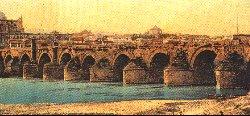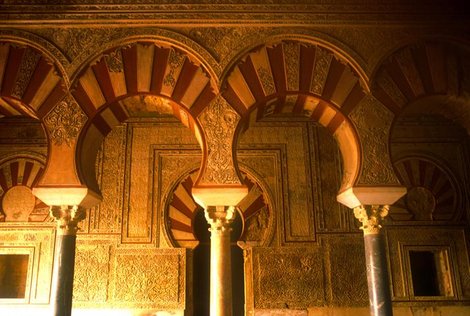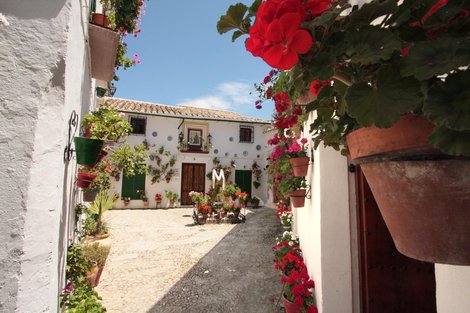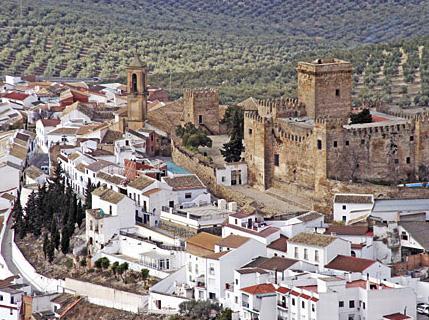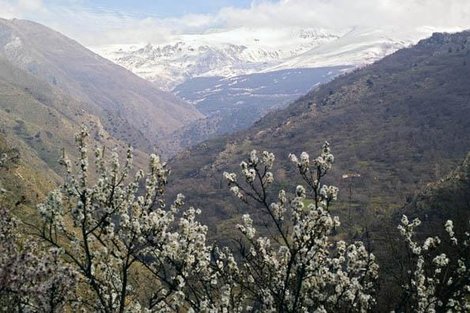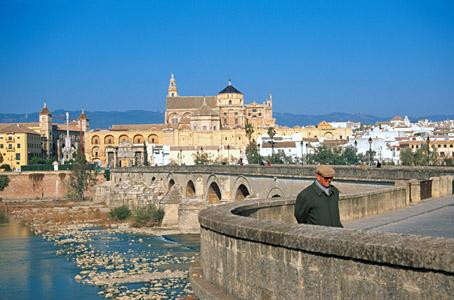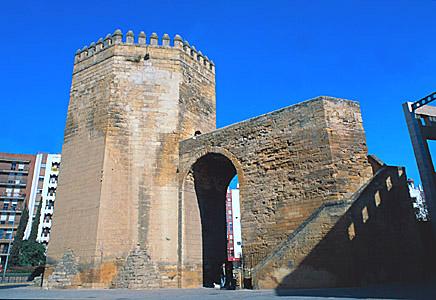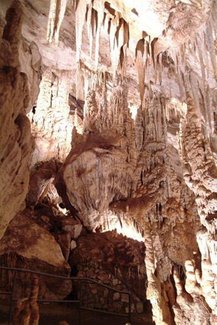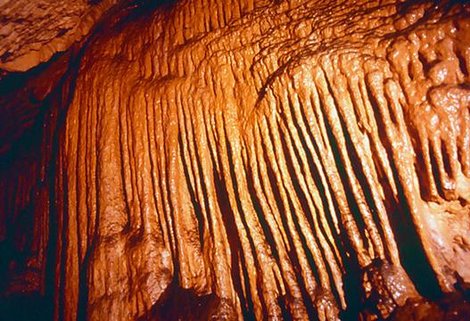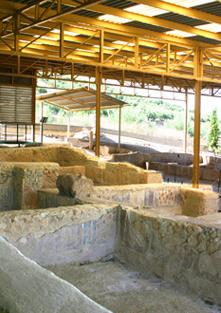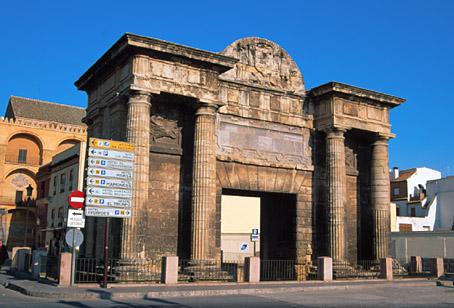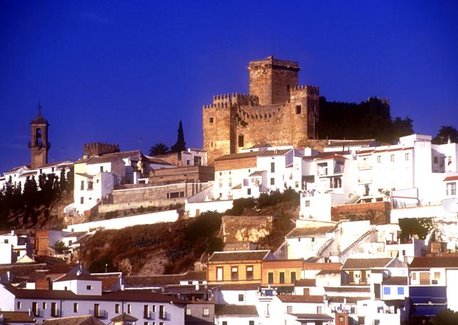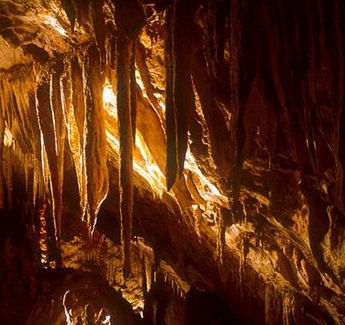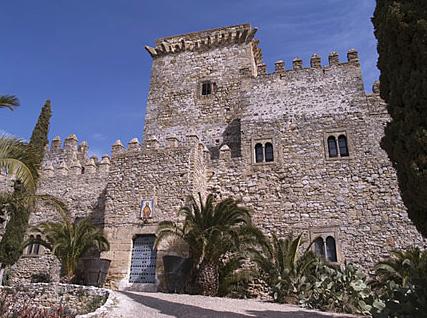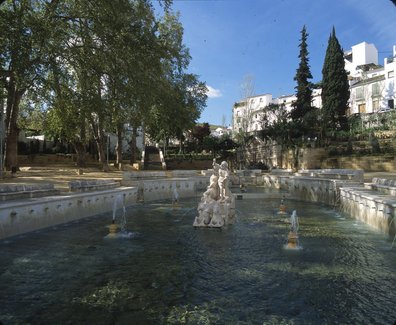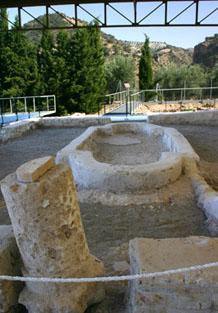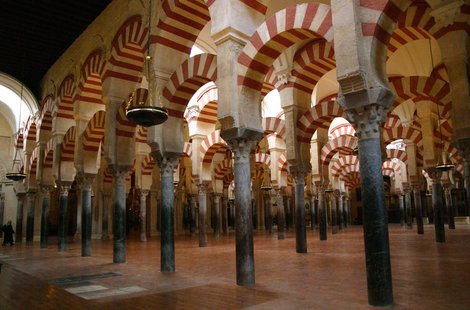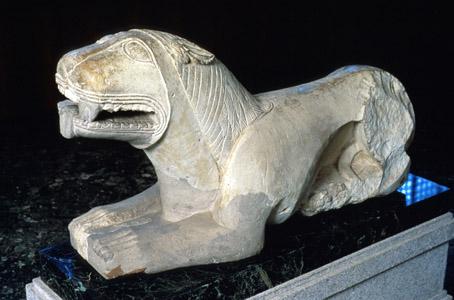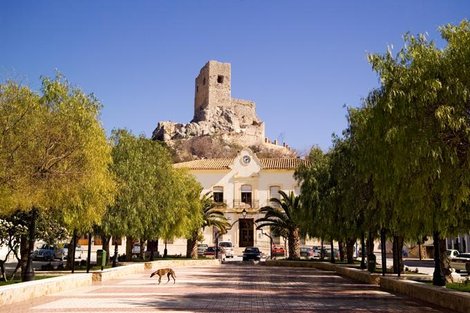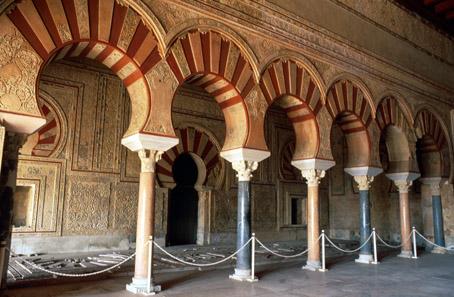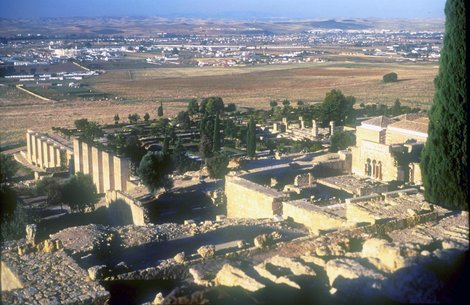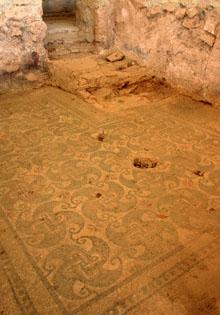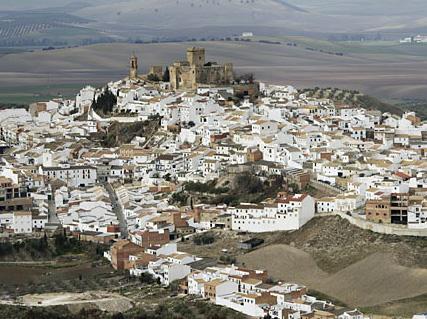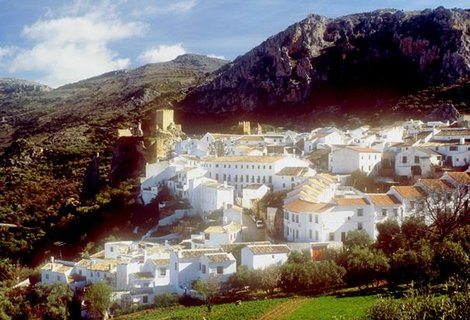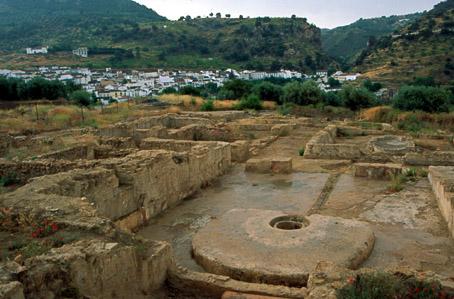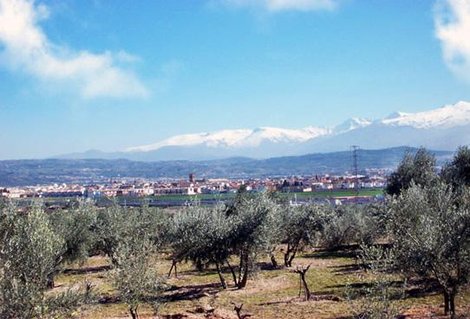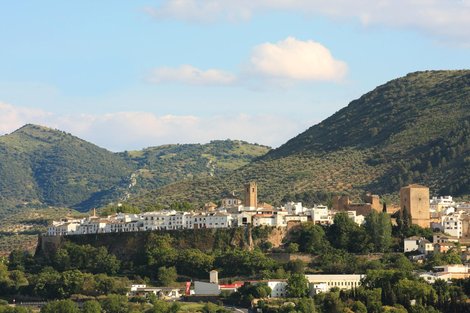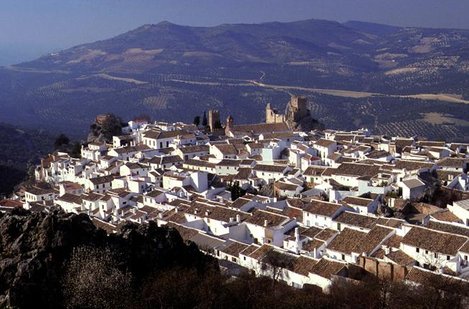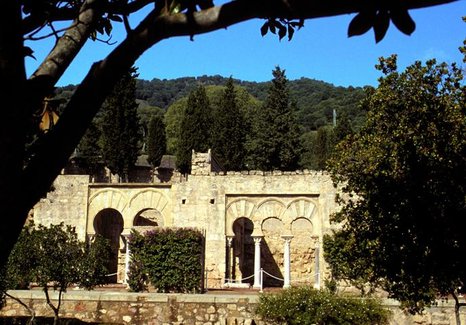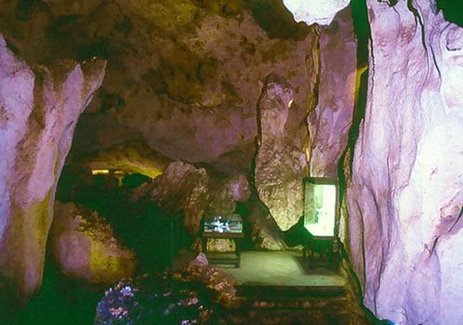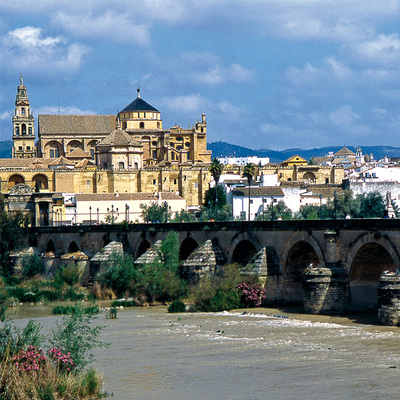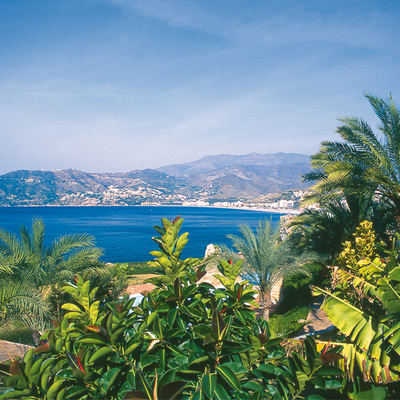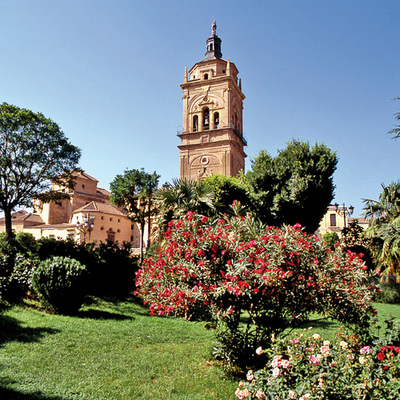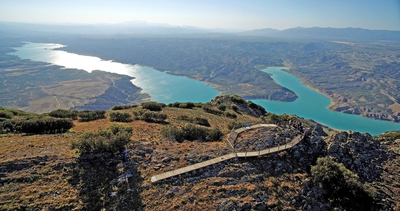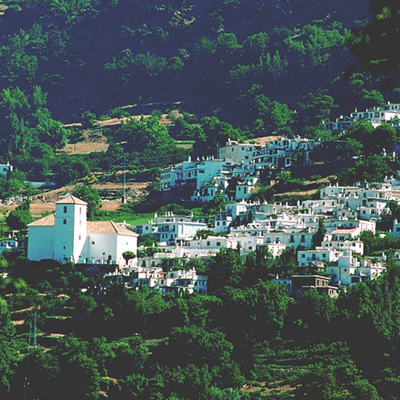From Prehistory to Islam. Córdoba, Granada
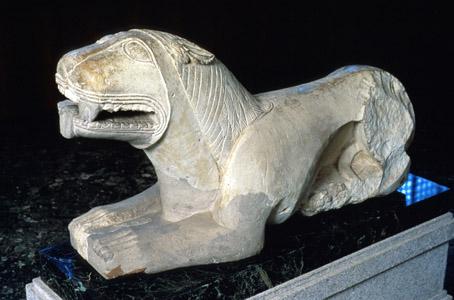
The provinces of Córdoba and Granada have a large amount of archaeological remains, from prehistoric times up to the medieval splendour of Islam.
The site of Madinat al-Zahra, a city of the caliphate of Cordova of the 10th and llth centuries, is the most important example of Islamic architecture in Spain. It is the expression of power and refinement of the caliphate. In the city of Cordova itself, in Claudio Marcelo street, there is a majestic temple of Roman Corduba, a Patrician Colony that built a stone bridge over the Guadalquivir.
Mosques, baths, walls and hydraulic works are a testimony of the Islamic past. In addition, there are many interesting items on view in the Archaeological Museum.
At Espejo, we find a large Roman fountain - El Aljibe. Near Luque there are prehistoric paintings at the Castillarejo shelter and near the road to Zuheros there are also cave paintings at Los Murciélagos. Neolithic and Bronze Age remains can be found near Zuheros, as well as other villages in the area, such as Doña Mencía or Priego, which often have local museums with excellent small collections on view.
At Almedinilla there is the large El Ruedo Roman villa, with frescoes and mosaics. Continuing to the province of Granada, near Albolote on the way to the Cubilla dam, there is a Roman villa at Cortijo del Canal and also a quarry of the same period. In the provincial capital itself, the Archaeological Museum has many fine exhibits and, of course, the Alhambra is a remarkable example of the Nazan Islamic world. Lastly, near Monachil there is an Iberian fortification from the Bronze Age (2nd millennium BC) at Cerro de la Encina, in the foothills of Sierra Nevada.

